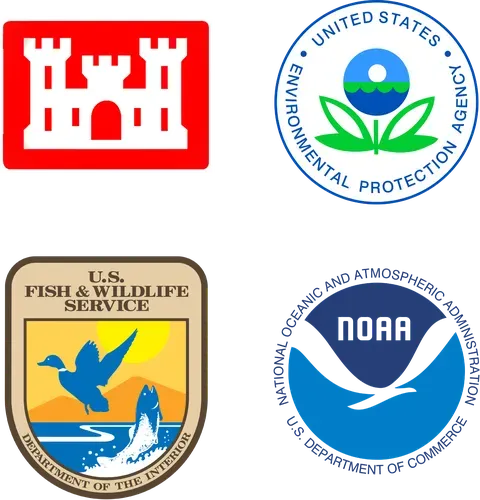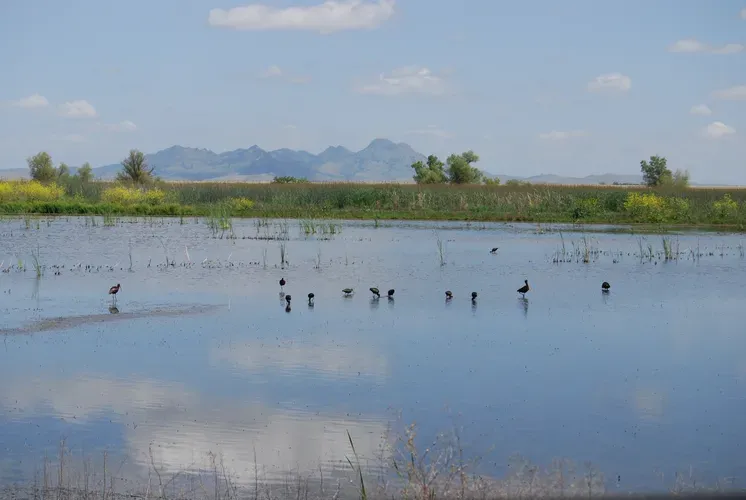How Mitigation Banking Works?
Mitigation Banks involve three different parties:
- Mitigation Bank Owner- completes environmental restoration on a specific site to sell mitigation credits
- Regulatory agencies and inter-agency review team- approves mitigation project and require mitigation for infrastructure and development projects
- Client/Permittee- needs to offset environmental impacts from infrastructure projects ranging from a new housing development to a transportation expansion.
A mitigation bank earns credits from on-site restoration. The bank owner sells credits to a permittee needing to offset their environmental impact. The quality and type of mitigation determine the number of credits at a bank—the Inter-agency review team reviews credits based on acres, functional units, or another assessment method.




